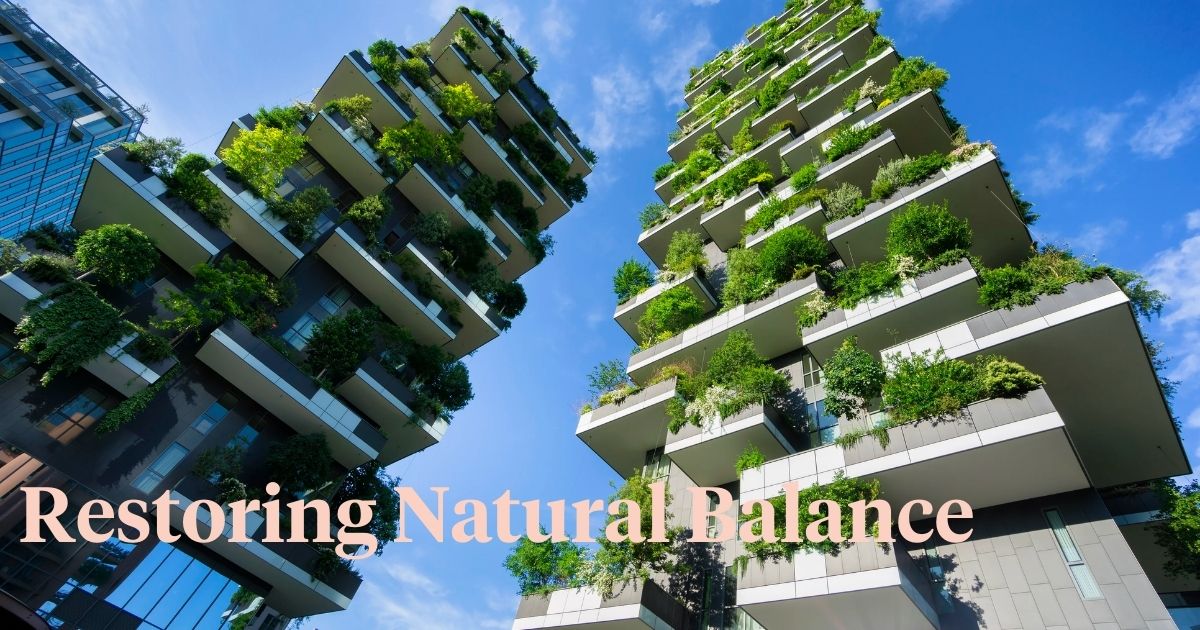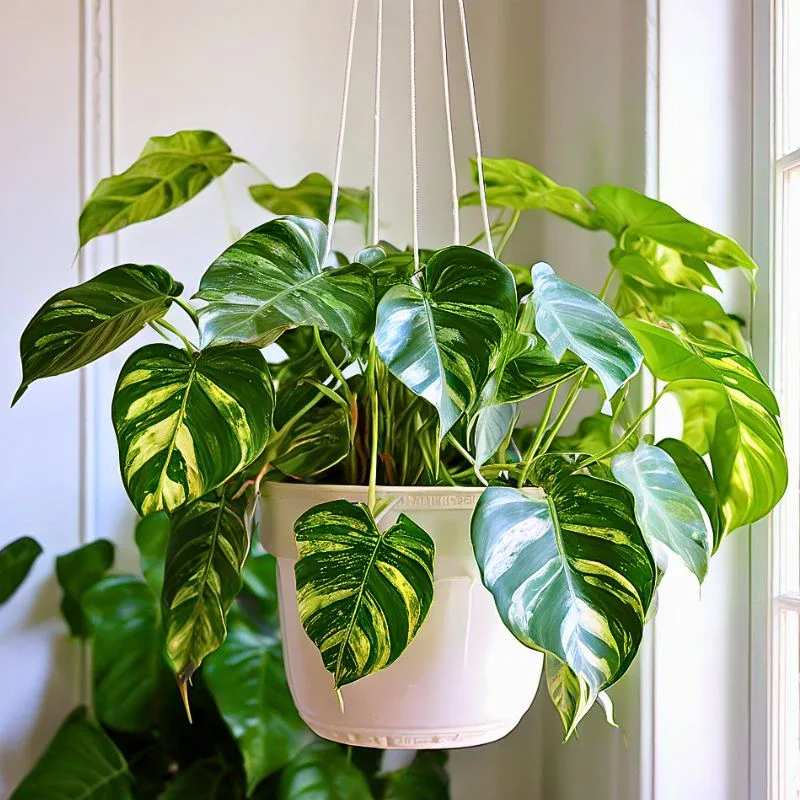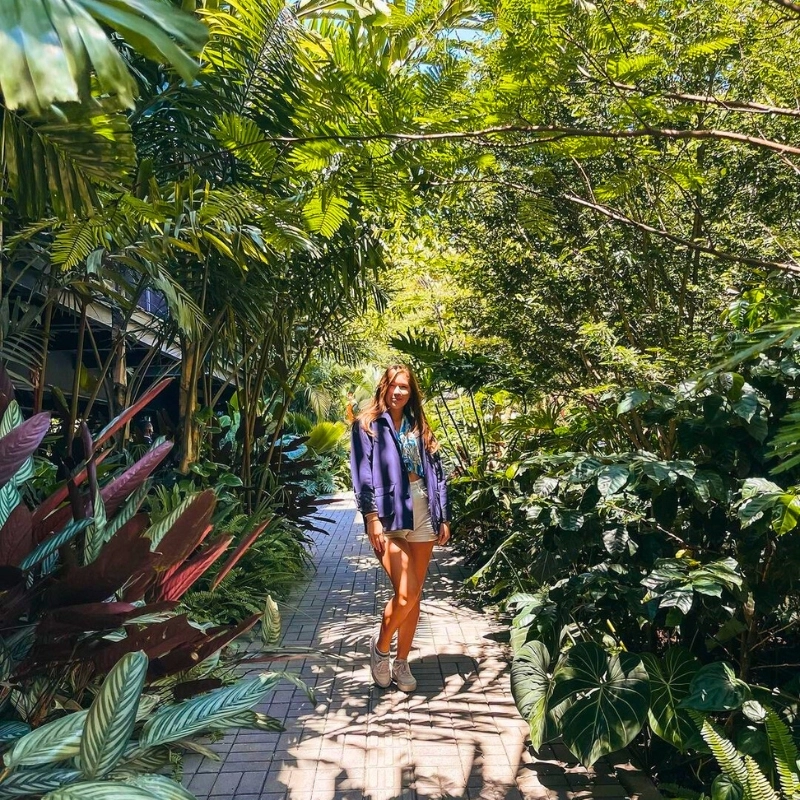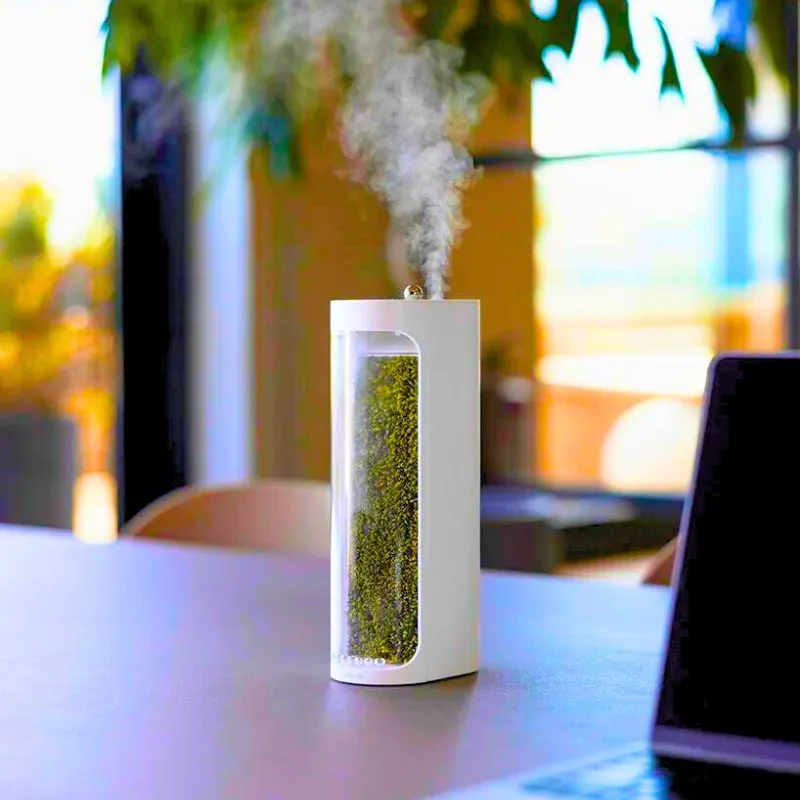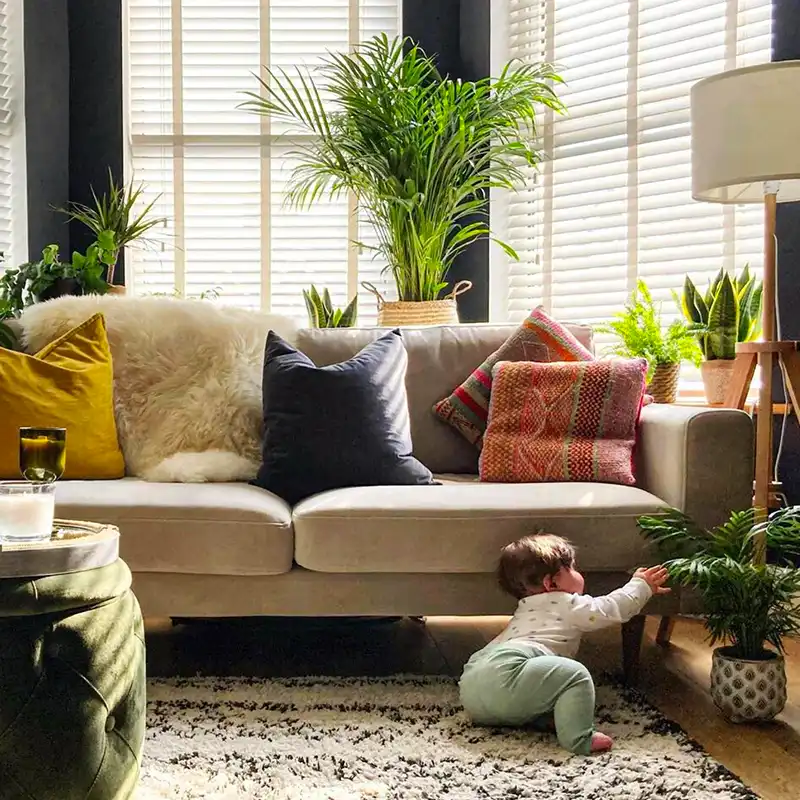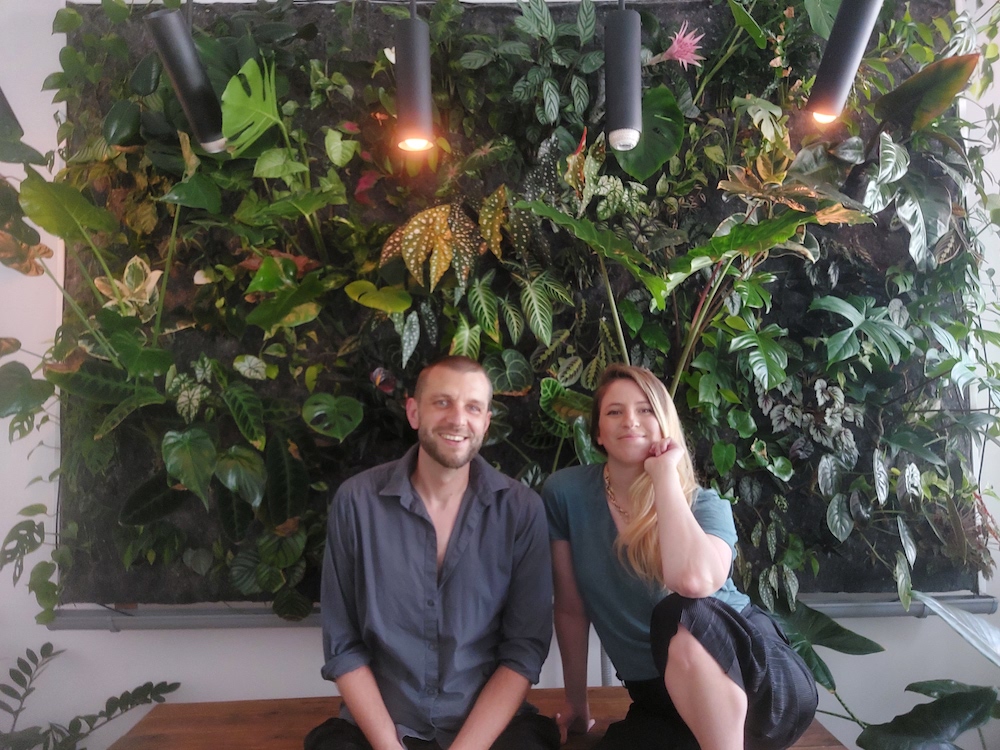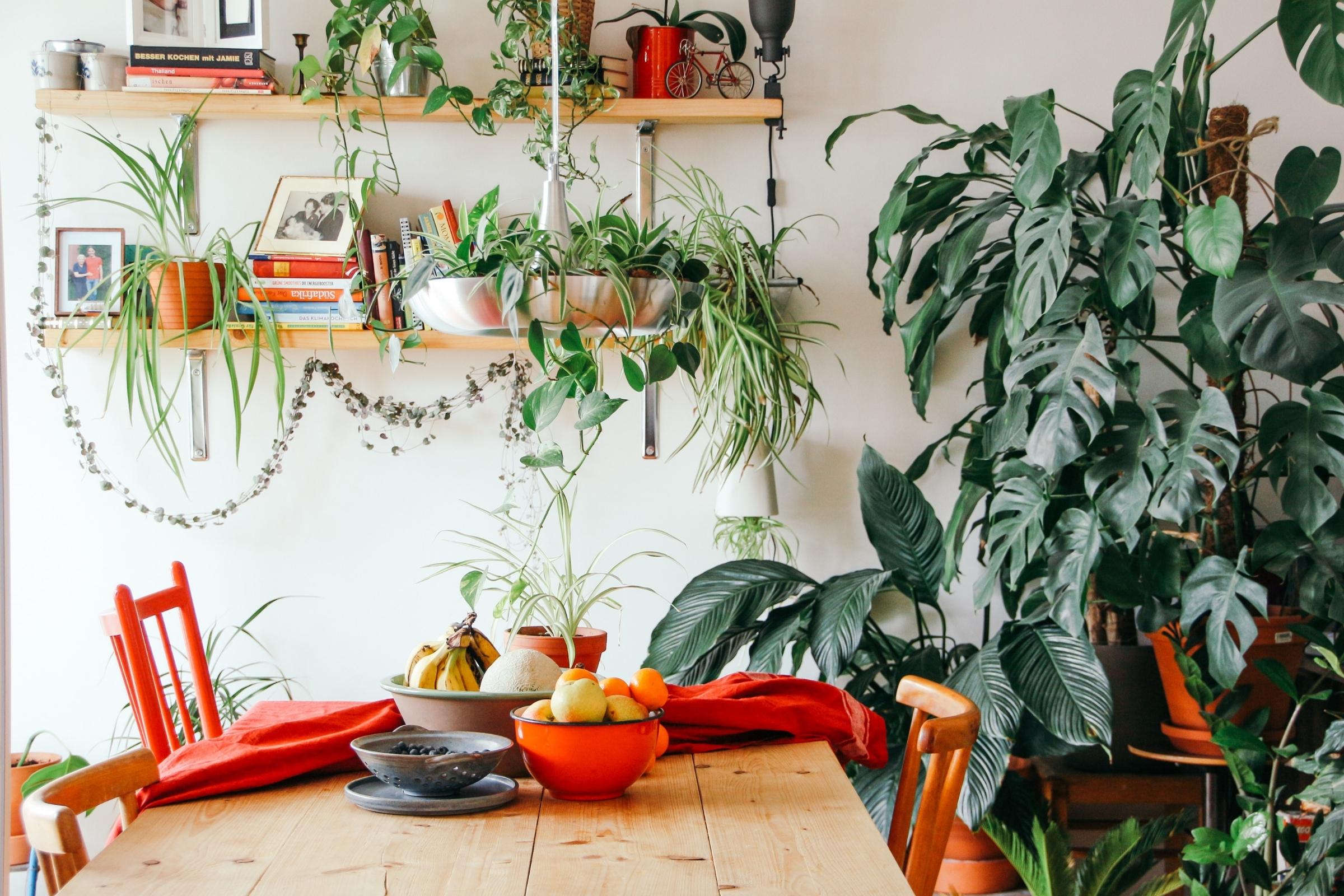Plants are not beautiful to look at. Many scientific studies show that they also make you happier. But perhaps even more important: plants also play an important role in absorbing toxins in our environment. The world is urbanizing and polluting at a rapid pace. Smog is a major problem in cities, as is soil and water pollution. Fortunately, we also see more green walls, green roofs, and even green cities, which ensure that the air, soil, and water are purified. Using plants to purify the environment is called ‘phytoremediation’.
Phytoremediation
Phytoremediation literally means: that plants help restore balance. It is a technique in which plants are used to purify contaminants in the air, soil, and water. Plants can absorb and break down polluting elements. A large number of plants can absorb volatile organic compounds through their leaves, roots, and soil life, and subsequently, convert them into nutrition for the plant.
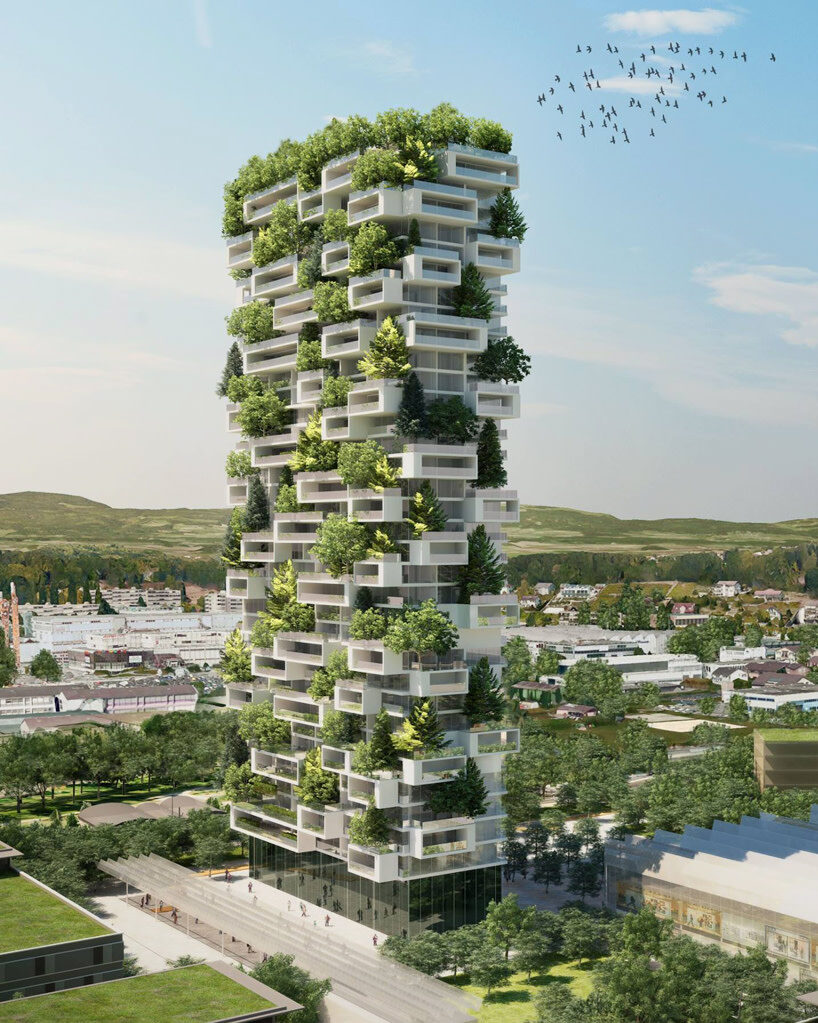
Plants Improve the Indoor Climate
Indoors, plants mainly purify the air. Plants absorb harmful volatile organic compounds in the air through phytovolatilisation. In this way, plants improve the air quality in homes and offices. You can also read interesting articles on the best houseplants that help you to purify the air, and remove toxins.
Here are a couple: '35 Best Indoor Plants That Clean the Air and Remove Toxins', 'Top 10 of Healthy Houseplants', and '15 Air Purifying Plants for 2022 That Will Give Your Home a Fresh Breath of AIr'.
If you decide to create a Green Wall with plants, that's also a very good idea as relatively many plants can be planted on a green wall, which improves the air-purifying effect even better. Green walls are being offered more and more by interior landscapers as the ultimate air purifiers. But you can also DIY a green wall. Read about a Berlin couple that has done that here: 'Couple Builds a Gorgeous DIY Plant Wall on a Budget in a Tiny Berlin Apartment'.
Plants Purify Soil and Water
Plants work very closely with soil life, such as fungi and bacteria. Not only are they good together in absorbing airborne particles, but also in purifying polluted soil and both surface water and groundwater. The Willow (Salicaceae) is capable of absorbing heavy metals such as cadmium, nickel, and lead from the soil, for example. Experiments are currently being carried out in Amsterdam-Noord with plants that are used for cleaning up the heavily polluted soil of an old shipyard. And in the vicinity of Chernobyl different species of plants were even used to decontaminate the radioactive material cesium-137 from the soil.
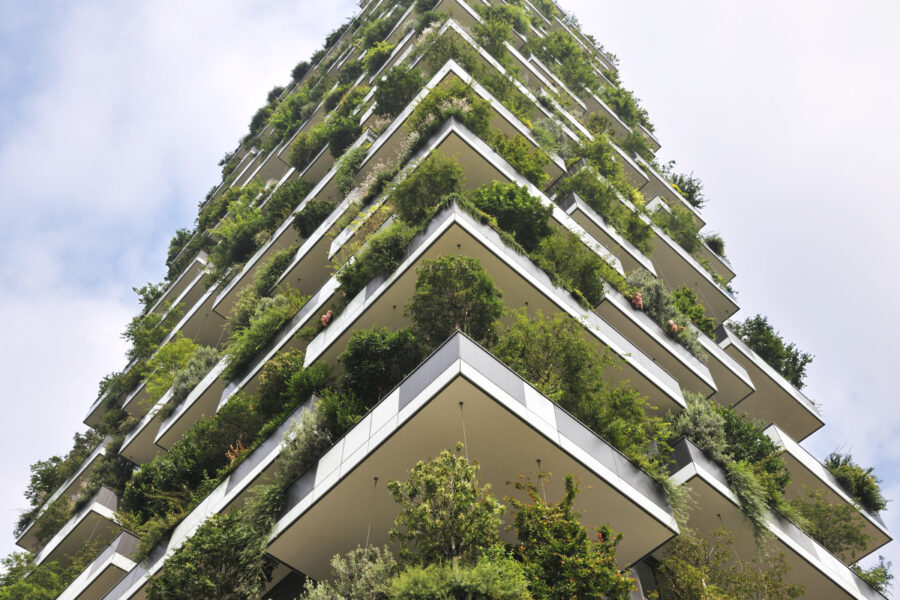
Plants Purify Outside Air as Well
Plants are not only effective cleaners for the indoor climate, but they are also capable of purifying outside air. The Italian architect Stefano Boeri uses plants in his designs to improve air quality in cities. He calls his buildings ‘vertical woods’. One of his projects in Milan contains 20,000 plants and 800 trees, which is comparable to 2 hectares of woodland, but then on 1,500 m2 in the center of the city. This vertical woodland absorbs 40 tonnes of CO2 per year and 1.5 tonnes of airborne particles.
Recently, Stefano Boeri received an assignment to build an entire city in the form of a forest in China. 30,000 people will be living in Liuzhou in a green city with more than 1 million plants. The use of plants for phytoremediation appears to be a very effective way of restoring balance, both indoors and outside. Will we be seeing the emergence of plants, green walls, green roofs, and even complete green cities in the near future? That would certainly be a wonderful prospect for our health and that of the earth.
Green Cities
In the Chinese city of Chengdu, a vast green experimental housing estate of 826 apartments was constructed where people can live in a vertical forest with every open space and balcony containing live vegetation. The towers were built in 2018 and plants were provided to reduce noise and clean up pollution. But the plants thrived, while sales moved slowly, and no one was clipping the greenery to keep it in control.
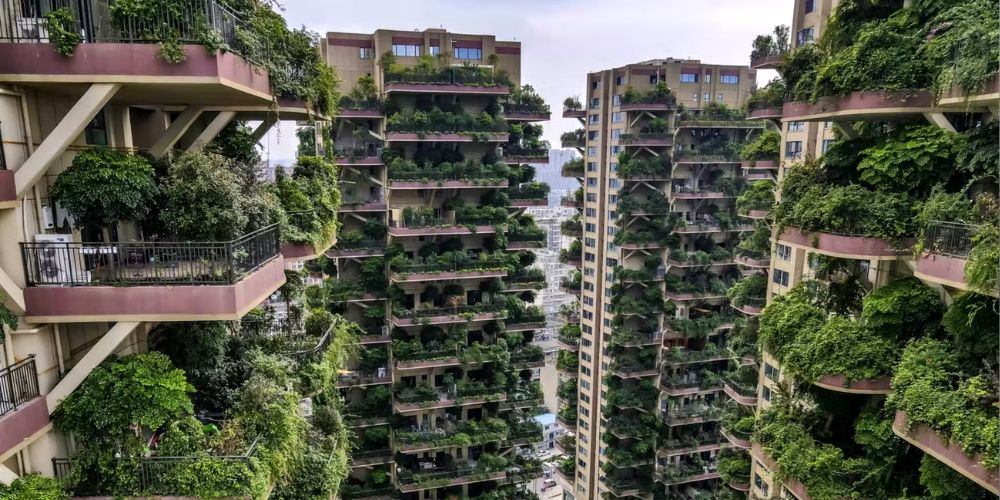
This article was inspired by a story that appeared on the website of Nieuwkoop-Europe in 2019

